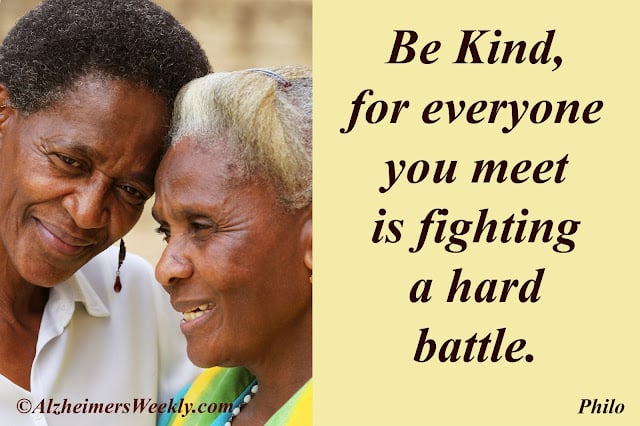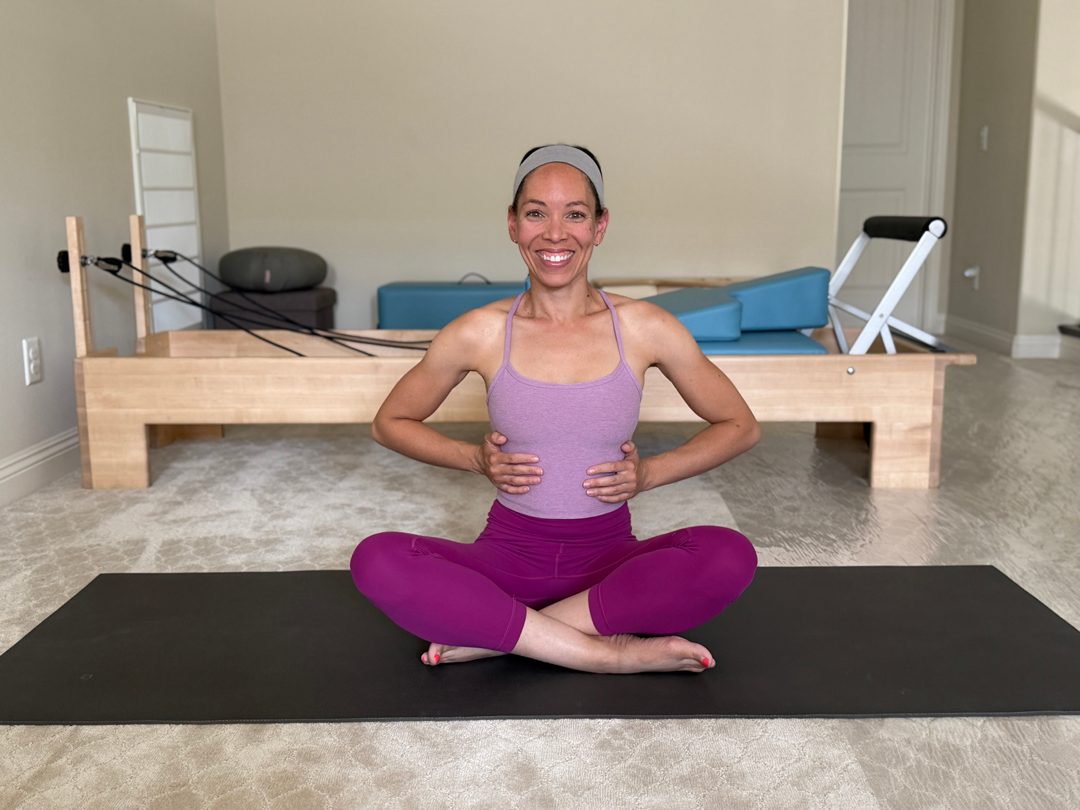I was once in a drugstore that had vintage postcards gathering dust in the corner. One of the postcards, yellow and frayed with the years, simply read, “I’m so tense, now when I’m calm, I get nervous.” The copyright was 1945.
Anxiety and tension have dogged humanity forever, each generation positive that things are more stressful now than ever before. Current research blames our ancient biology. The primitive startle reflex and the body’s fight/flight/freeze response were designed to protect our species from danger, predators, and life-threatening situations. Now, instead of needing to battle wild animals, or flee from destructive forces, we engage these same primitive instincts while navigating traffic, dealing with a toxic work environment, negotiating family strife and more.
Anxiety is not just an uneasy feeling crawling through your thoughts. It’s a visceral, somatic, bodily sensation that is the result of the nervous system’s interpretation of your inner and outer world. You can talk to yourself till you’re blue in the face, but you won’t convince your senses that everything is OK, because, as intelligent as your body is, it doesn’t understand English, or any other spoken language. The body understands sensation and movement, pleasure and pain. That’s how it decides things are dangerous or safe.
When you live in a state of yellow alert, you are straining your immune system. The tension in your muscles doesn’t allow full oxygenation so it feels impossible to relax. But if you learn to recognize your anxiety cues and “talk” to your body’s sensations, you will find yourself effortlessly reducing tension and anxiety. You’ll move better, breathe better and be more able to make informed decisions as you move through your life.
Here are some simple strategies for recalibrating your nervous system.
Empower your Breath. There are countless breathing strategies you can find, and almost any of them can work. However, sometimes anxiety combined with popular breathing exercises can backfire. Taking huge gulps of air, breathing high in the chest, or trying to force air into “the belly” are some common mistakes. A safer approach is to use your mind with your breath. As you breathe in, picture the air moving into your nose, down your throat, into the bronchi and then the lungs. Allow the air to move easily in and out as if your body is “breathing itself”, which of course, it is! Pretend you can sense your lungs – in your back, the sides, the front. You actually have more space in your back than your front for your lungs. Imagine your lungs are like balloons that expand 360° to touch your ribs. As you exhale, pretend your lungs deflate slowly, peeling away from your ribs. You don’t have to take big breaths, just imagine the path and the balloons for about ten breaths. Then breathe normally.
Constructive Rest. Lie on your back, with your legs up on a chair, bent at 90 degrees. Rest your arms across your chest. Close your eyes. For extra credit, add the breathing from #1. Stay there for 10 minutes or more.
The Bell Hand. This was developed many years ago as a tool for calming the nervous system. It can be done anywhere. I’ve even done it under a table during a dinner conversation. You simply close your hand as if you are bringing all your fingertips to touch your thumb. You delicately touch, then open the hand again. Turn it into a pulse, like a flower opening and closing, or a sea anemone. Find an easy rhythm. If you go too fast, or squeeze your hand shut, you know you have lost your cool.
Relax Your Eyes. There’s a reason we call the eyes “the windows of the soul.” The eyes receive information and communicate directly with the brain, which tells us what we are seeing and how we are seeing it. Tension in the eyes creates tension everywhere. Close your eyes and gently cup your palms over your eyes. Allow your eyes to rest in the blackness. Imagine your eyes resting on satin pillows. Imagine a little ball resting on your forehead. As slowly as possible, imagine rolling that little ball down the center of your body and back again. Slowly open your eyes.
There are many other strategies and exercises that can help you calm your nervous system. Accessing the intelligence of your body through movement can bring a sense of safety and calm to your environment, your thoughts and your wellbeing.
—
iStock image
The post 4 Ways to Calm Your Body as You Calm Your Mind appeared first on The Good Men Project.
Original Article










